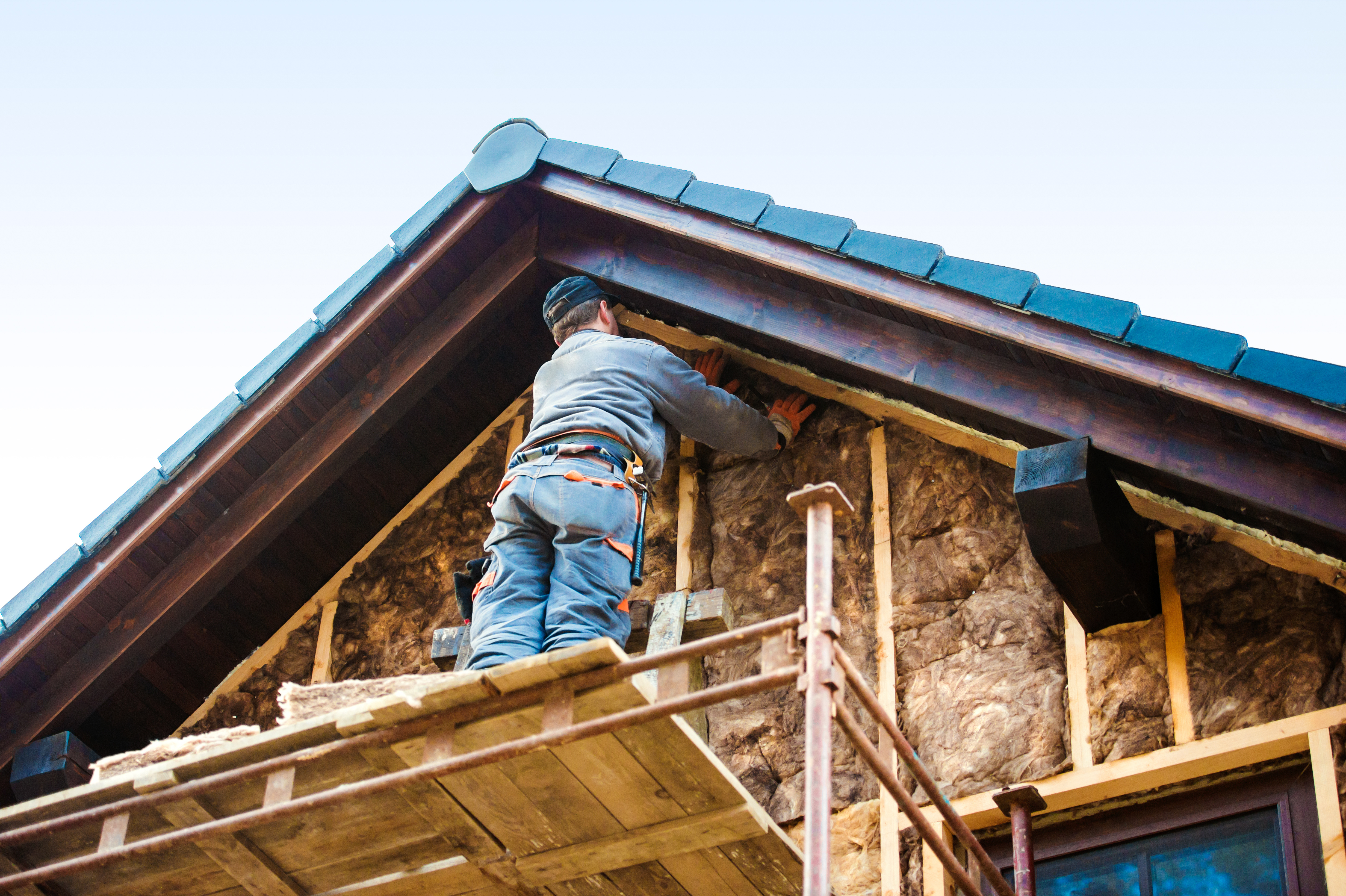The Benefits of Stuffing Soffit with Fiberglass in Your Attic
February 6th, 2025
2 min read

Proper attic insulation is essential for maintaining energy efficiency, preventing moisture issues, and ensuring a comfortable home year-round. One often-overlooked area in attic insulation is the soffit, the underside of the roof overhang that allows air to flow into the attic space. If not properly insulated and protected, soffits can become a source of energy loss and airflow problems. One effective method to improve attic insulation is by stuffing the soffit with fiberglass insulation while ensuring proper ventilation.
Why Insulating Your Soffit Matters
Attic ventilation is crucial to preventing moisture buildup and regulating temperatures in your home. Soffit vents play an important role by allowing fresh air to enter and circulate upward through the attic. However, without proper insulation, air from outside can push traditional insulation back, reducing its effectiveness. This can lead to heat loss in winter and excessive heat buildup in summer, increasing energy bills and causing discomfort inside your home.
By friction-fitting a piece of fiberglass insulation into the soffit, you can help stabilize attic insulation while maintaining necessary airflow through baffle vents. This method prevents insulation from being disturbed by wind entering through soffit vents and ensures a more efficient thermal barrier.
How to Properly Insulate a Soffit with Fiberglass
When insulating a soffit, it’s important to follow the correct process to prevent airflow blockages while securing the fiberglass in place. Here’s a step-by-step breakdown:
1. Install Baffle Vents – Before adding fiberglass insulation, ensure that baffle vents are properly in place. Baffle vents, available in foam, plastic, or cardboard, create a pathway for air to flow into the attic while preventing insulation from blocking ventilation. The back side of the baffle should be positioned a few inches away from the fascia, allowing unobstructed airflow.
2. Friction-Fit Fiberglass Insulation – Cut a piece of fiberglass insulation to fit the soffit area and carefully friction-fit it around the baffle vent. The goal is to secure the insulation snugly while leaving enough space for air to travel upward through the baffle.
3. Secure the Insulation with Staples – To ensure long-term effectiveness, use staples to secure the fiberglass in place. This is particularly important in areas where strong winds can enter the attic, such as homes in open landscapes with little wind blockage. Without securing the insulation, high winds could displace it, leading to loose fiberglass or cellulose insulation getting pushed away from its intended coverage area.
Benefits of Stuffing a Soffit with Fiberglass
1. Prevents Insulation Displacement
One of the biggest issues in attic insulation is wind displacement. Without securing the insulation properly, wind entering through soffit vents can shift loose-fill fiberglass or cellulose insulation away from critical areas, reducing its effectiveness. Stapling the fiberglass into place prevents this from happening, ensuring consistent insulation coverage.
2. Improves Energy Efficiency
When insulation is secure and airflow is properly managed, the home maintains more stable indoor temperatures. This reduces heating and cooling costs by preventing warm air from escaping in the winter and blocking excessive heat in the summer.
3. Protects Against Moisture Issues
Proper soffit insulation helps regulate attic airflow, preventing condensation and moisture buildup. Excess moisture in an attic can lead to mold growth and wood rot, causing long-term damage to the home. By ensuring air moves freely through baffle vents and insulation remains intact, homeowners can reduce the risk of costly moisture-related issues.
4. Enhances Attic Ventilation
Stuffing a soffit with fiberglass insulation while maintaining proper baffle vent airflow improves overall attic ventilation. This keeps the attic temperature balanced, extending the lifespan of the roof and preventing ice dams in colder climates.
Final Thoughts
Soffit insulation is a small but crucial component of a well-insulated attic. By friction-fitting fiberglass insulation around baffle vents and securing it with staples, homeowners can prevent insulation displacement, improve energy efficiency, and protect their homes from moisture damage. At Indiana Spray Foam, we always take the extra step to staple insulation into place, ensuring that wind and air pressure changes won’t compromise attic insulation performance.
If you’re considering upgrading your attic insulation, or you have concerns about your home’s energy efficiency, contact Indiana Spray Foam today. Our team is ready to help you create a more comfortable, energy-efficient home with expert insulation solutions.